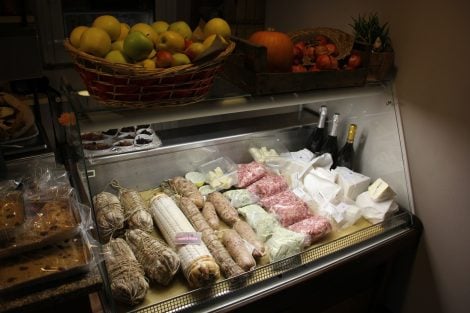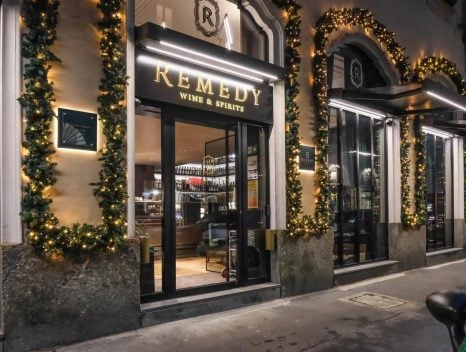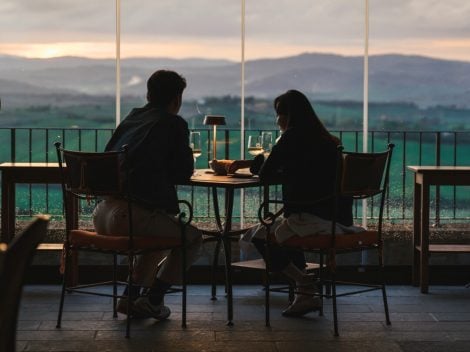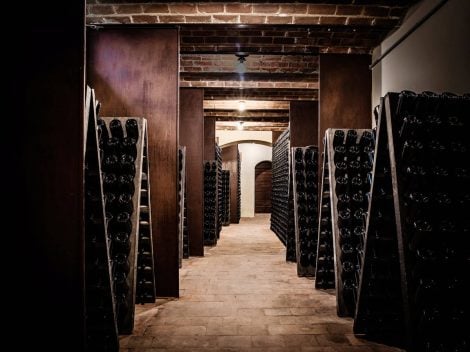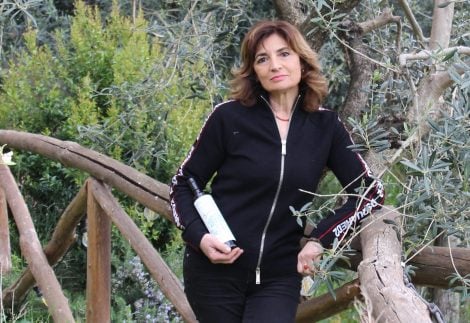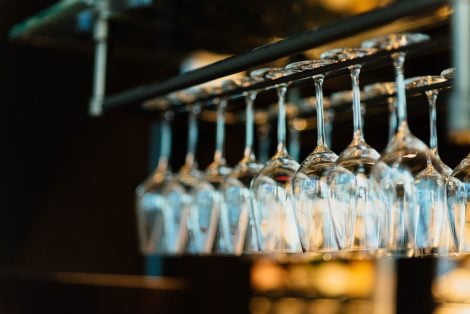You’ll need 300 grams of egg yolk, 200 grams of sugar, 80 grams of flour, and a litre of milk to make a good lemon cream —don’t forget the zest and a vanilla pod. That’s where you start to make the lingua di Procida, a delicate puff pastry rolled out by hand and baked in the oven, sealing inside all the fragrance of the island’s signature citrus fruit. On top, a dense sprinkling of granulated sugar reigns supreme. A sweet treat still relatively unknown, yet it captures hearts from the very first bite. Of course, to get to know it, you need to have visited the island of Arturo—but also of lemons—where tradition dictates that it must be eaten strictly for breakfast. Many also call it lingua di bue (ox tongue) or lingua di suocera (mother-in-law’s tongue), perhaps because of the sweet-bitter aftertaste the cream leaves on the palate.
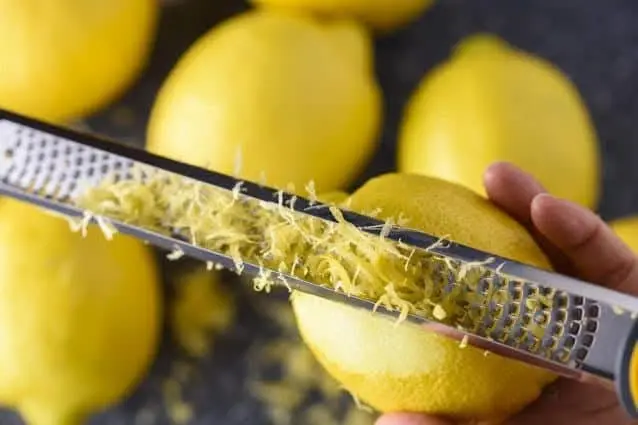
The municipally certified lemons used by Bar Roma
First bite behind the Sailors' Church
Here, on Arturo’s island — the very one that inspired ElsaMorante’s novel —everyone eats it: wanderers, sailors, and passing travellers who, as soon as they disembark at Marina Grande’s port, rush to have breakfast at Bar Roma with a freshly baked lingua. The first stop is indeed there, among the little tables tucked behind the ancient Sailors’ Church, where, inspired by the beauty of the island, writers such as Elsa Morante, Alberto Moravia, and Giuseppe Marotta once took notes. “It used to be called ‘O cafè re barone’,” says Ignazio Righi, the current owner, who inherited not just the building but also the recipe for the lingua, which was born right there: “It was invented by a Sicilian pastry chef and reworked in 1950 by Neapolitan Pasquale Mazziotti, who left the mainland to move to the island.”
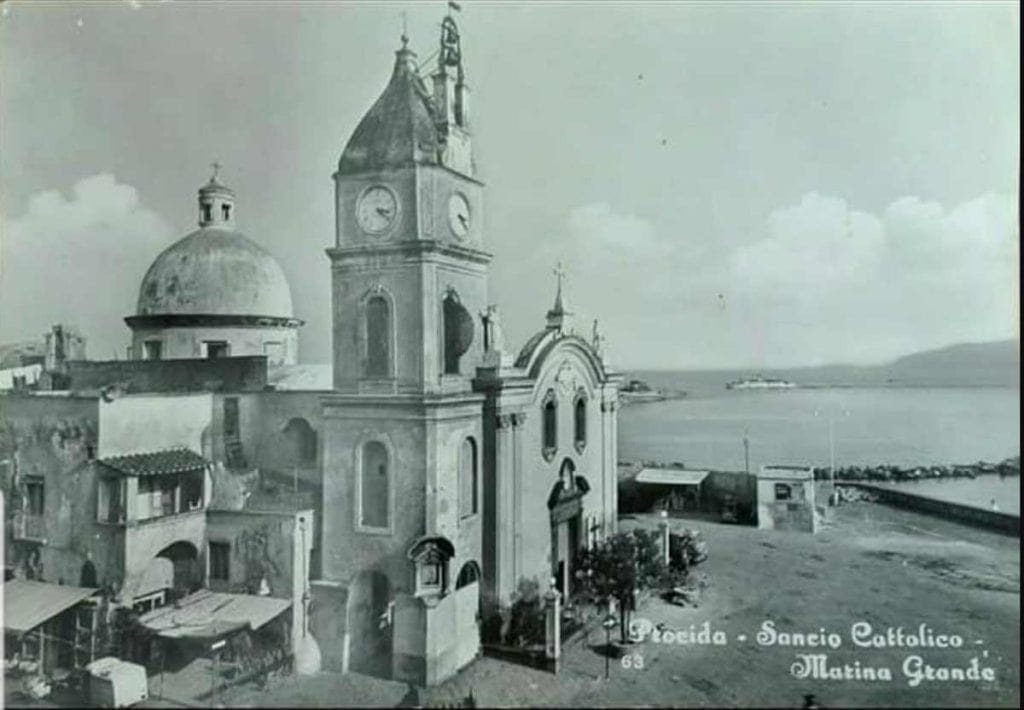
The Church of the Sailors at Marina Grande, depicted in a vintage postcard shared on Bar Roma's social media.
Ignazio knows everything about his island—he was born there. “As a child I’d wake up to that smell,” he says. With the first savings he ever put aside, he started working in Mazziotti’s workshop “for several years, then I became a naval officer, but I returned, and eventually bought these premises.”
His bar is always full in the morning. There’s no need to wait for summer—“la stagione”, as they say here. The shutters are always open, even in winter: “We live the island all year round,” thanks to the volcanic soil, fertile enough for the island’s ten thousand residents.
“To make a good lemon cream,” Ignazio explains, “it’s essential to boil only the lemon zest with the milk, then remove it before adding the other ingredients.” He’s a maestro artigiano—a master artisan—a title awarded by the local council and one he carries with pride and commitment. Every day, he’s there in his lab, preparing that ancient recipe left to him by Mazziotti, using the same measurements and techniques. “Starting with the lemons: we use only those with the De.Co. label,” a municipal designation ensuring the traceability of citrus fruits grown solely on the island.
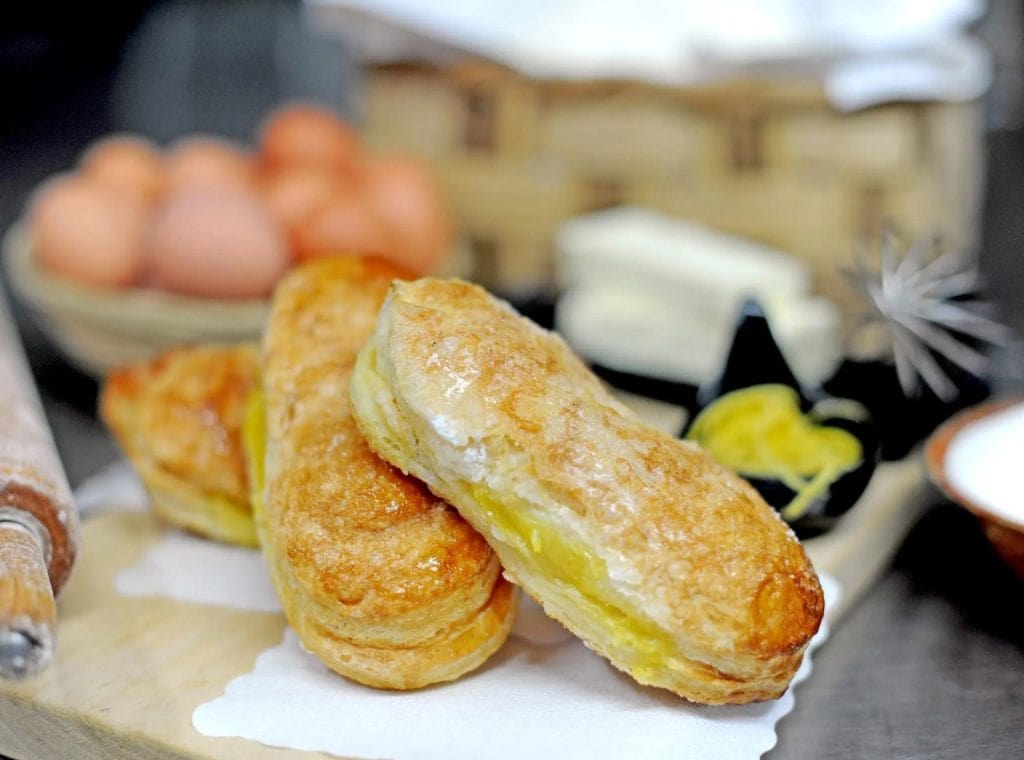
Procida del bar Dal Cavaliere
The battle for supremacy
But the crown for the best lingua di Procida is contested—Ignazio vies for it with Bar Dal Cavaliere. “The secret is always the lemons,” says Bruno, one of the three partners of the current management. Always the lemons, which are never lacking on Procida, hidden behind tall tuff walls: you can glimpse them in the “home gardens” of every islander, protected from sea breezes and salty air. “They release a very sweet fragrance, which is why the zest is crucial in the cream preparation,” explains Bruno. He’s young, and he learned the history of Dal Cavaliere from stories passed down by the elders: “Originally it was a trattoria, then in the 1950s it became a pastry workshop. In the beginning, many pastry chefs got their hands in the dough, including Mazziotti.”
The “discovery” of lemon fragrance
“At first it was made with custard,” Bruno continues. But then that lemon scent, so evocative of island life, took over: and so the lingua di Procida became the dessert we know today. That fragrance is part of the island’s memory—and of the islanders, who crave it. It was born this way, like a lemon salad in the shape of an ox tongue: a scent so indelible it imprints an island identity on every bite. “We bake at least ten batches every day,” Bruno adds. And it’s remarkable that on the smallest island in the Gulf of Naples—barely 100 metres high and a little over 4 square kilometres (including the nearby islet of Vivara)—those batches are never enough. Wandering through the island’s intricate network of alleys and slopes, every bar, supermarket, and bakery offers its own version—now also with chocolate or custard cream. And from the homes, the scent of this beloved dessert drifts out through open kitchen windows.
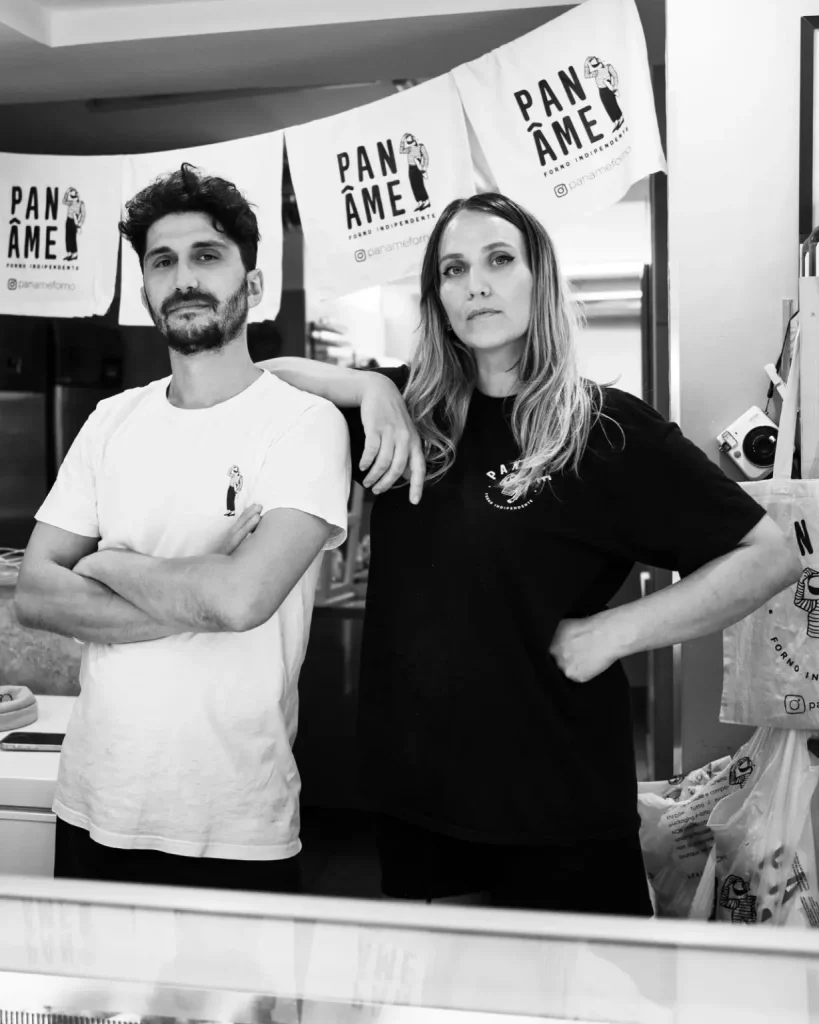
Monia and Leonardo of Panâme
Between lingue and malelingue
As you stroll with your head tilted upwards through clusters of colourful houses and vibrant walls, it’s easy to be lured by the aroma wafting from the open lab of Monia and Leonardo. This is Panâme, a small bakery that opened last year and quickly grew from two to fifteen employees. “After years of experience in France as an executive chef, my partner Leonardo and I decided to return to the island where I was born,” says Monia. And so, the counter is filled with pain au chocolat and suisse, “harbour bread” with lemon seeds, and lemon tarts—not forgetting, of course, the lingua di Procida.
Two versions are offered: the classic one and its cheeky twin, the malalingua: “A play on words, made with chocolate puff pastry filled with a slightly spicy citrus cream,” Monia smiles. A sweetness halfway between jam and mustard. “We’re committed to zero waste, avoiding any waste and using only island lemons.” From December to April they use the ancient Procida lemon, huge in size with a thick pith; “but there are other varieties on the island that bear fruit year-round, giving us lemons for every season.”
It doesn’t take long to tour all the island’s bars and pastry shops. With a bit of effort, up and down the many narrow stairways, it’s perfectly doable—no rush. After all, Procida is the island of slowness, a tribute to simplicity and natural rhythm. So sit down, get comfortable, and if there’s a wait for the next batch of lingue, that’s fine—wait patiently.

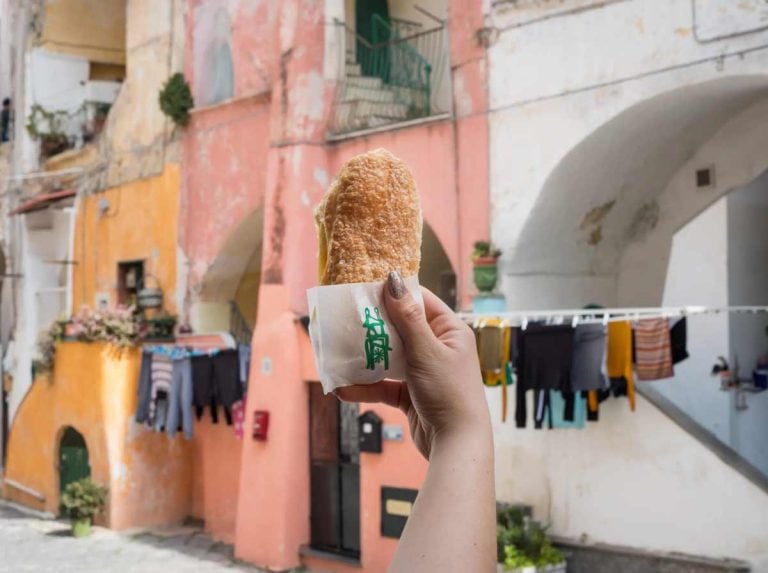
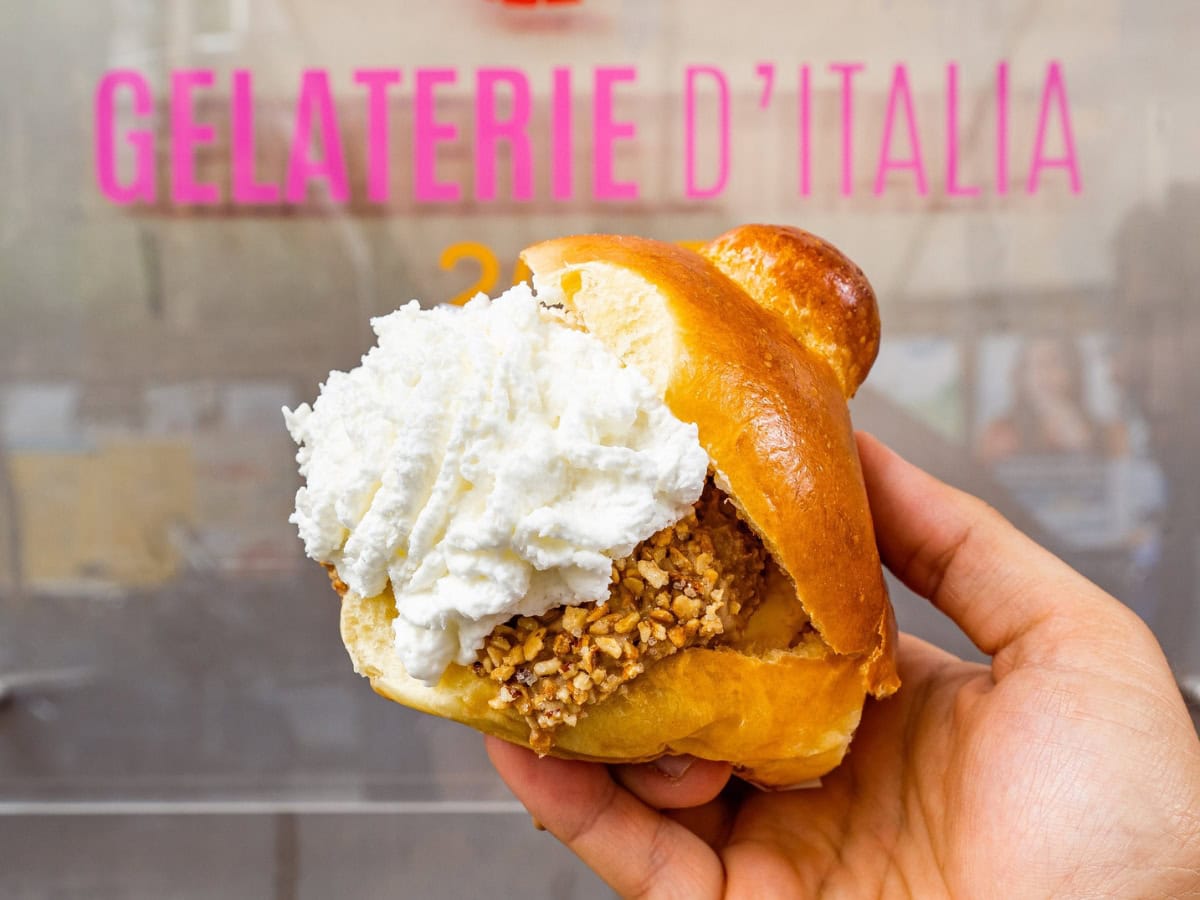 The best gelaterias in Naples, Capri, Ischia, and Sorrento
The best gelaterias in Naples, Capri, Ischia, and Sorrento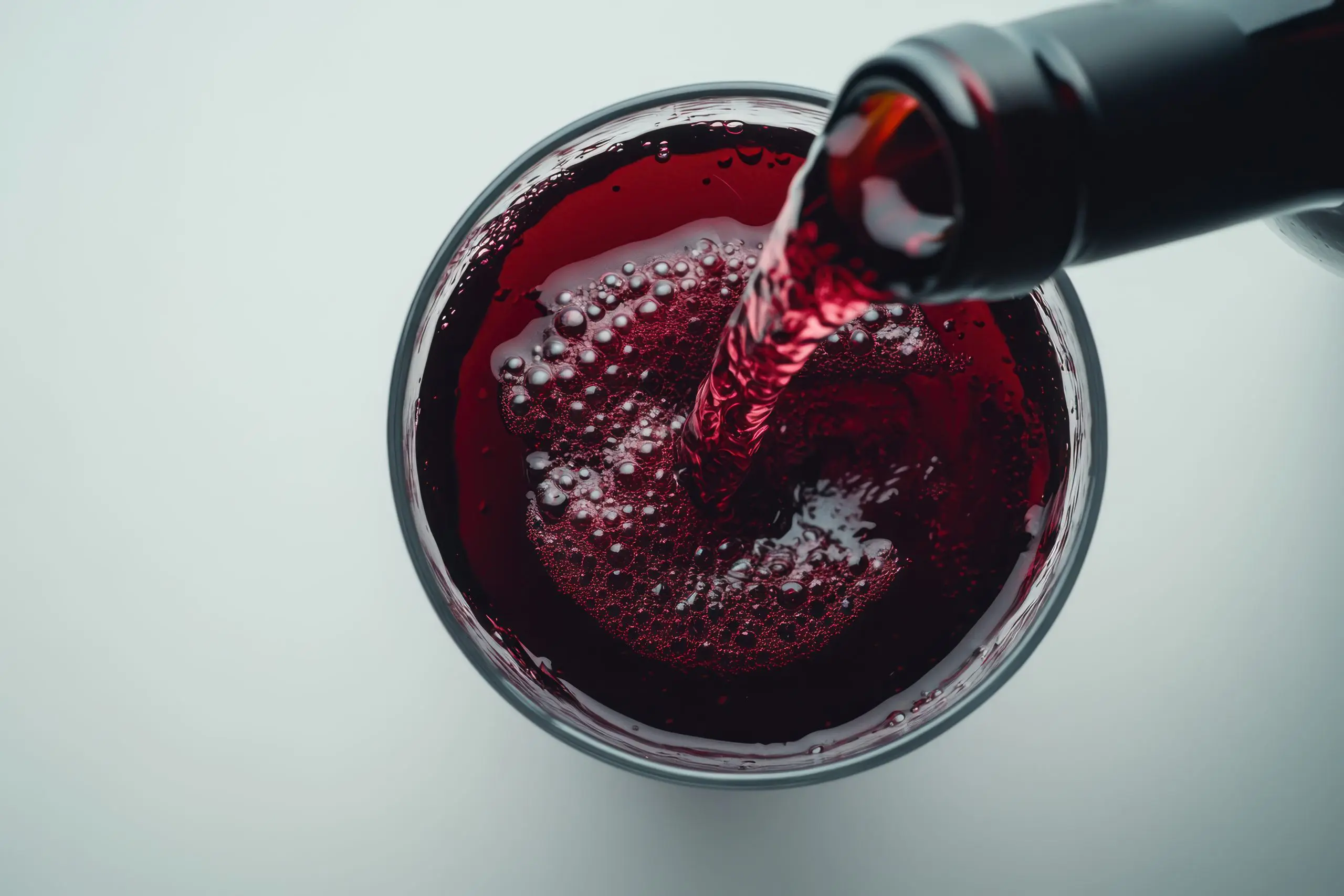 In 8 labels, the new life of Caldaro’s Schiava: our tastings
In 8 labels, the new life of Caldaro’s Schiava: our tastings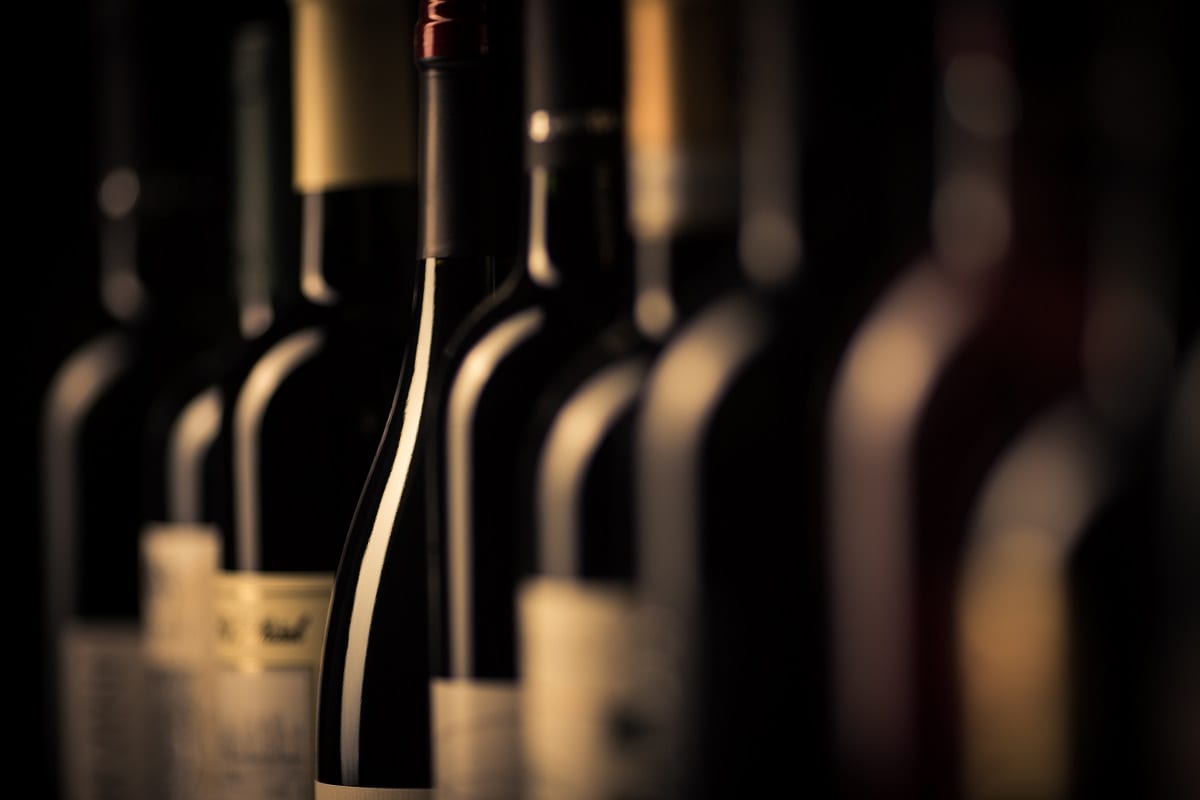 “US Tariffs? The consequences will be devastating for Italian wine.” Cooperatives criticise Italian politics
“US Tariffs? The consequences will be devastating for Italian wine.” Cooperatives criticise Italian politics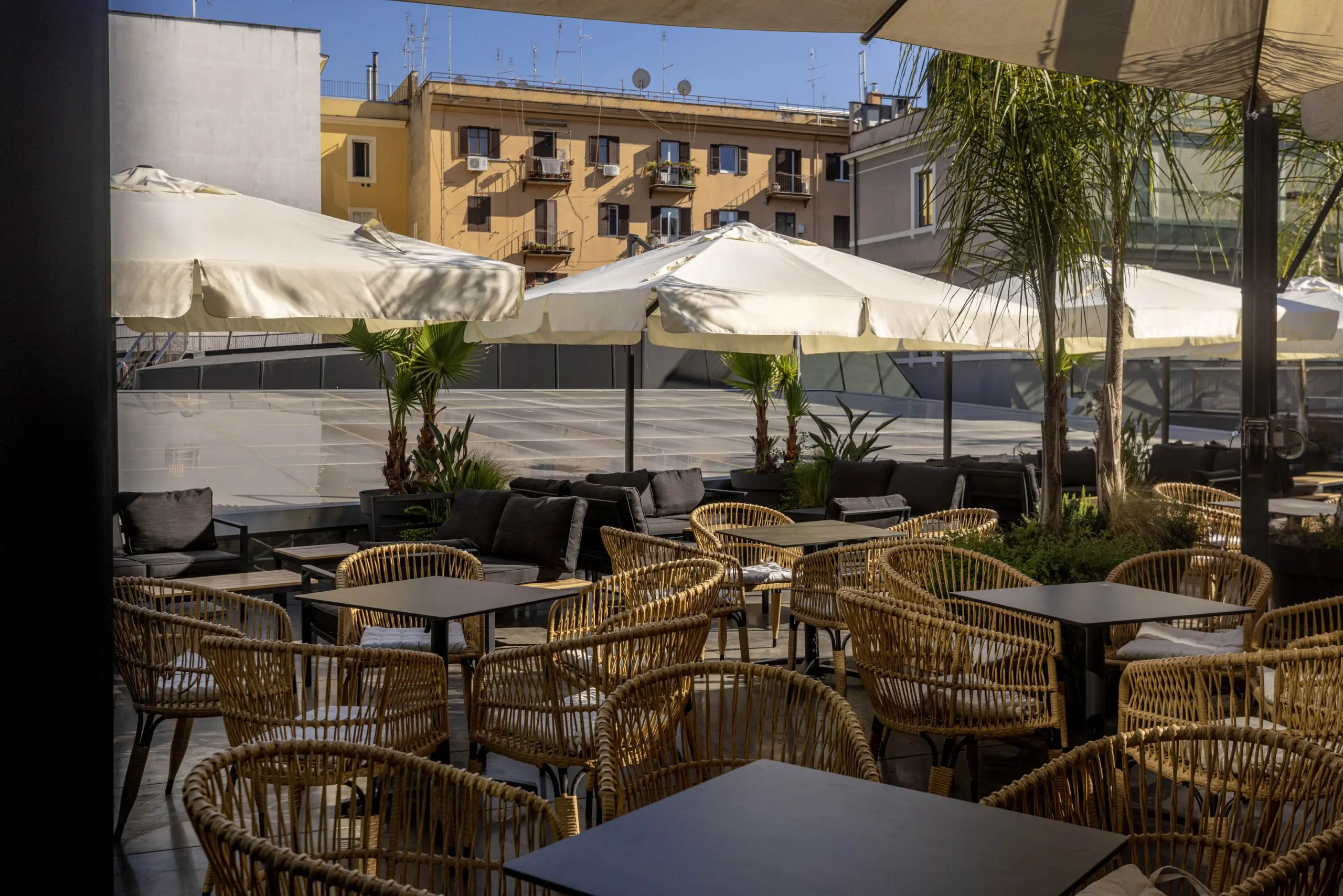 Don’t call It a rooftop: it’s a museum, a kitchen, and a stage
Don’t call It a rooftop: it’s a museum, a kitchen, and a stage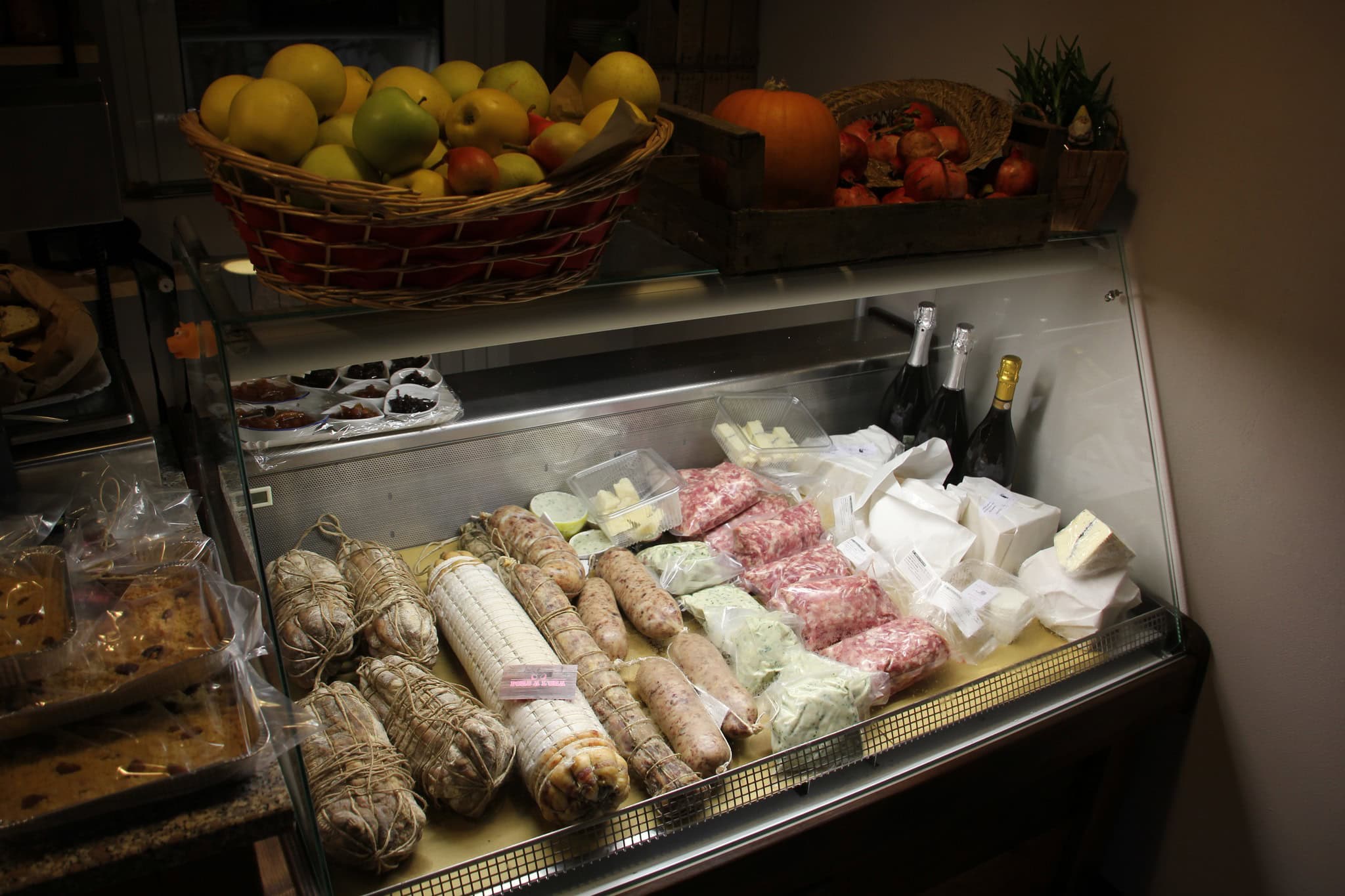 The farmhouse with kitchen in the Mantuan countryside where you can eat (and produce) free-range pork
The farmhouse with kitchen in the Mantuan countryside where you can eat (and produce) free-range pork